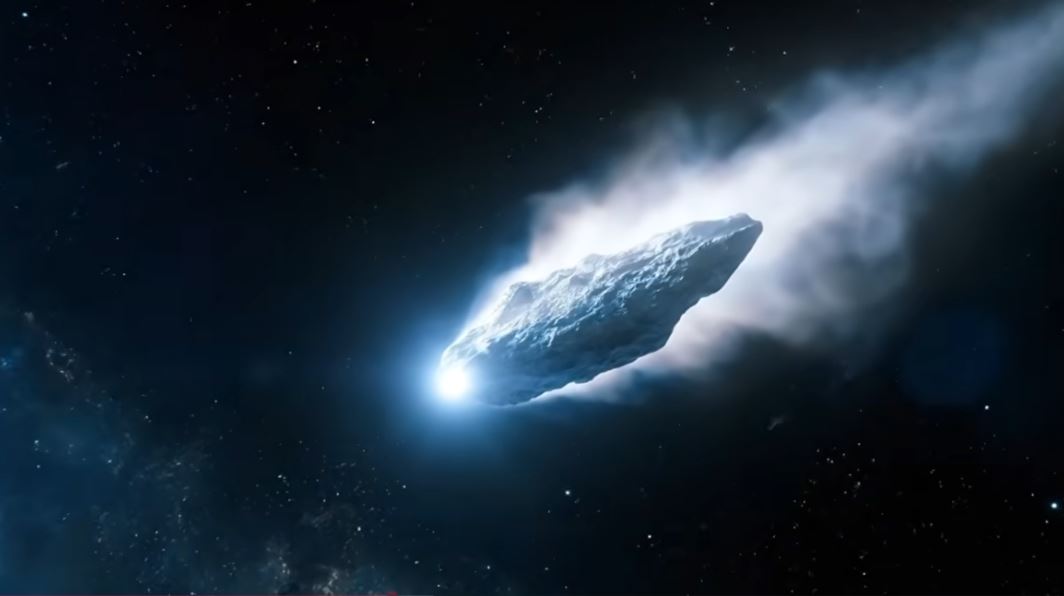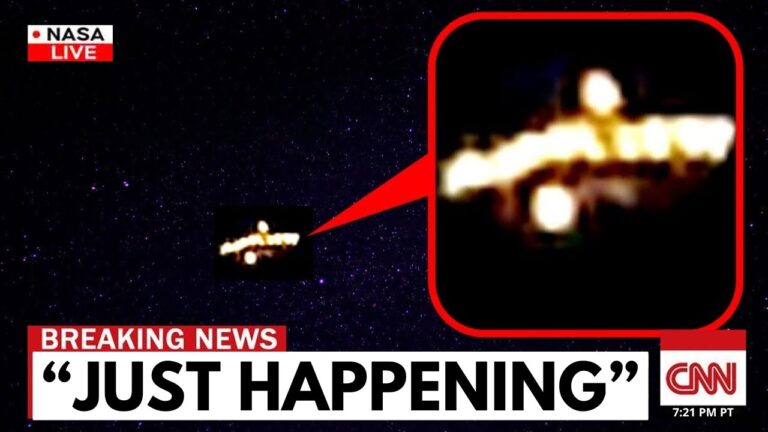A groundbreaking discovery in the realm of astrophysics has emerged, shaking the foundations of established scientific understanding. Recent observations made by the Nordic Optical Telescope, targeting the interstellar object known as 3I Atlas, have documented no fewer than ten striking anomalies that fundamentally challenge what we know about cometary behavior. This revelation could mark the beginning of a new era in our exploration of the cosmos, as it compels scientists to reconsider long-standing theories regarding celestial objects.

On November 11, 2025, a team led by renowned researchers David Jwitt and Jane Lou captured astonishing images of 3I Atlas from the 2.56-meter diameter telescope located in La Palma, Canary Islands. The findings reveal a startling characteristic—a pronounced elongation in brightness at a position angle of 106 degrees, with an error margin of plus or minus 10 degrees, approaching the solar direction of 115 degrees. At the time of the imaging, 3I Atlas was positioned 1.43 astronomical units from the sun and 2.16 astronomical units from Earth, with the observed region stretching approximately half a million kilometers in width. The implications of these observations are already igniting intense discussions within the scientific community.

Astrophysicist Dr. Avi Lo, a Harvard professor and significant authority on interstellar phenomena, emphasized that the data suggests the presence of long-range jet structures, extending an astonishing one million kilometers toward the sun and three million kilometers in the opposite direction, challenging conventional estimates of cometary outflows. Traditionally, the outflow velocity of these jets is expected to be around 0.4 km/s, but the evidence points to a staggering mass density of several million proton masses per cubic centimeter at just one million kilometers from the object. This sort of mass flux—estimated at five billion tons per month across an area of one million square kilometers—defies what would be deemed physically sustainable for a comet of 3I Atlas’s inferred size, measuring only 5.6 kilometers in diameter according to Hubble Space Telescope data.

Such inconsistencies prompt a fundamental question: How can an object of this magnitude sustain such cometary activity? The calculated energy requirements are staggering. Dr. Lo noted that during its perihelion passage, the object would need to absorb at least 3 quintillion joules of energy, necessitating an absorption area exceeding 1,600 kilometers—far larger than would be consistent with its physical dimensions.
These findings constitute the tenth documented anomaly of 3I Atlas, yet the previous nine challenges illuminate a perplexing narrative that traditional astrophysics may struggle to account for.

First on the list is the anomaly of an aligned retrograde trajectory, with 3I Atlas moving against planetary motion in a configuration that appears only 0.2% likely to occur in nature. Then, the development of a solar-directed jet—an ‘anti-tail’—between July and August 2025 sets it firmly at odds with established cometary behavior where tails, by all past observations, always point away from the sun due to solar wind. Equally disturbing is the inverted size-velocity relationship, as larger celestial bodies typically exhibit slower speeds—a phenomenon occurring here with less than 0.1% probability.

Consider also the eerie precision of 3I Atlas’s close passages near Mars, Venus, and Jupiter—an orbital synchronization with a probability of just 0.005%. Combined with its industrial metallic composition, consisting of nickel and iron in proportions akin to terrestrial alloys, the probability of this composition arising naturally plummets below 1%. All indications suggest that this object is unlike any comet previously documented, with only 4% water by mass—dramatically lower than the typical 60 to 80% found among its celestial peers.
Further perplexity arises from its extreme negative polarization reflected in its light, a signature not recorded in any natural comet, including the well-studied 2I Borisov. The chances of this pattern occurring stand at less than 1%. Not to be overlooked is the correlation between 3I Atlas and the origin of the Wow! signal from 1977—considered the best evidence for potential extraterrestrial contact—pointing in the same direction within a 9-degree margin and presenting a probability of just 0.6%.

Moreover, the intense blue brightness observed from 3I Atlas near perihelion is unprecedented, exhibiting a luminosity superior to any known comet and coloration bluer than the sun—a characteristic lacking a conventional explanation among known celestial materials. The improbabilities compound; the convergence of ten statistical anomalies surrounding this object cultivates a reality that defies existing scientific paradigms.
Dr. Lo argues that these numerous anomalies are cumulative evidence that begs for a reassessment through the lens of contemporary scientific thought. “Knowledge is realizing that the street is one way. Wisdom is looking both ways anyway,” he quotes Einstein, emphasizing the necessity of exploring alternative hypotheses. One compelling proposition hints at the possibility of technological thrusters, reminiscent of a spacecraft’s maneuvering systems, that could propel such an object into observed trajectories defying conventional motion.

The implications of this discovery have the potential to catalyze fierce debates throughout the scientific community. Dr. Lo’s assertions have stirred both excitement and resistance among his colleagues, some of whom criticize his openness to speculative ideas despite his adherence to scientific rigor. “It’s vital to understand that when the data fails to fit existing models, we must broaden our hypotheses—even if it leads us into extraordinary possibilities,” he asserts.
Lo’s analytical approach is rooted in traditional scientific methods of inquiry, demanding that the community pursues further observations and rigorous peer analysis—urging a reconsideration of potentially extraordinary explanations that extend beyond conventional expectations. “We must not shy away from challenging our understanding of cosmic phenomena,” he urges, underscoring the necessity for objective investigation.

In a clearer view, this convergence of anomalies sketches a profound challenge to the conventions of astrophysics, prompting calls for increased observation and examination of interstellar objects such as 3I Atlas. As the scientific community grapples with these findings, one thing emerges unequivocally: the universe may hold many more secrets than we previously dared to imagine. The exploration of these cosmic enigmas will undoubtedly reshape our understanding of celestial dynamics, urging future generations of scientists to remain steadfastly inquisitive in fields long enveloped in certainty. The echoes of 3I Atlas will resonate far beyond current understandings, serving not as a singular event, but as a clarion call to a future ripe with discovery and wonder.






